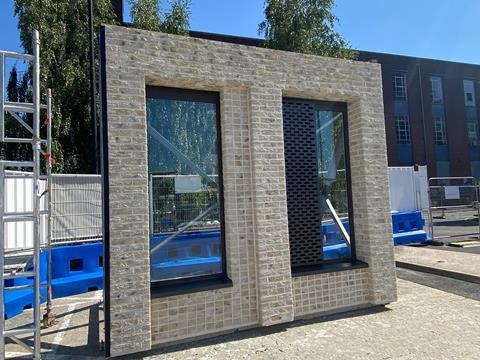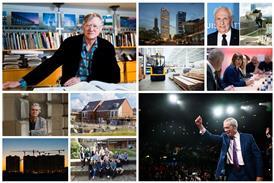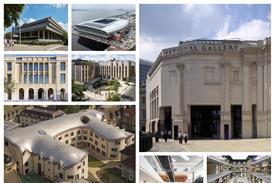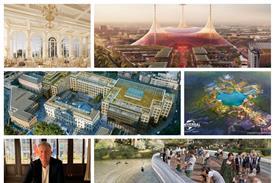Case study data from facade specialist suggests manufacturing and installation efficiencies could deliver substantial embodied carbon savings for building projects

Architects could cut embodied carbon on projects by as much as 80% by specifying brick slip systems in place of traditional brick, according to facade specialist Alsecco.
The manufacturer’s recent case study attributes the reduction primarily to differences in manufacturing processes. Whereas conventional bricks are fired at approximately 1,000°C, mineral stone slips are dried at around 60°C – a change that Alsecco states lowers energy consumption by about two-thirds and significantly reduces CO2 output.
Further savings are reported during transportation and installation. Due to their lighter weight and smaller volume, brick slips require fewer transport miles, less storage space and reduced forklift movements on site. Alsecco’s in-house research suggests these factors contribute to brick slips generating five times less CO2 and using three times less energy overall compared to traditional brick.
Ben Robinson, technical manager at Alsecco, said the company has recorded a 35% increase in brick slip usage over the past five years. “Brick slips offer logistical and target-based advantages, providing a cost-effective alternative that helps installers work to tighter deadlines and keep project costs to a minimum,” he added.
Alsecco states its brick slips can be manufactured to bespoke specifications and are designed to meet fire safety, insulation and aesthetic requirements. Certification covering fire performance and U-values is available and the company notes that some tenders are now specifying brick slips in place of traditional brick at the design stage for sustainability and cost reasons.

















No comments yet